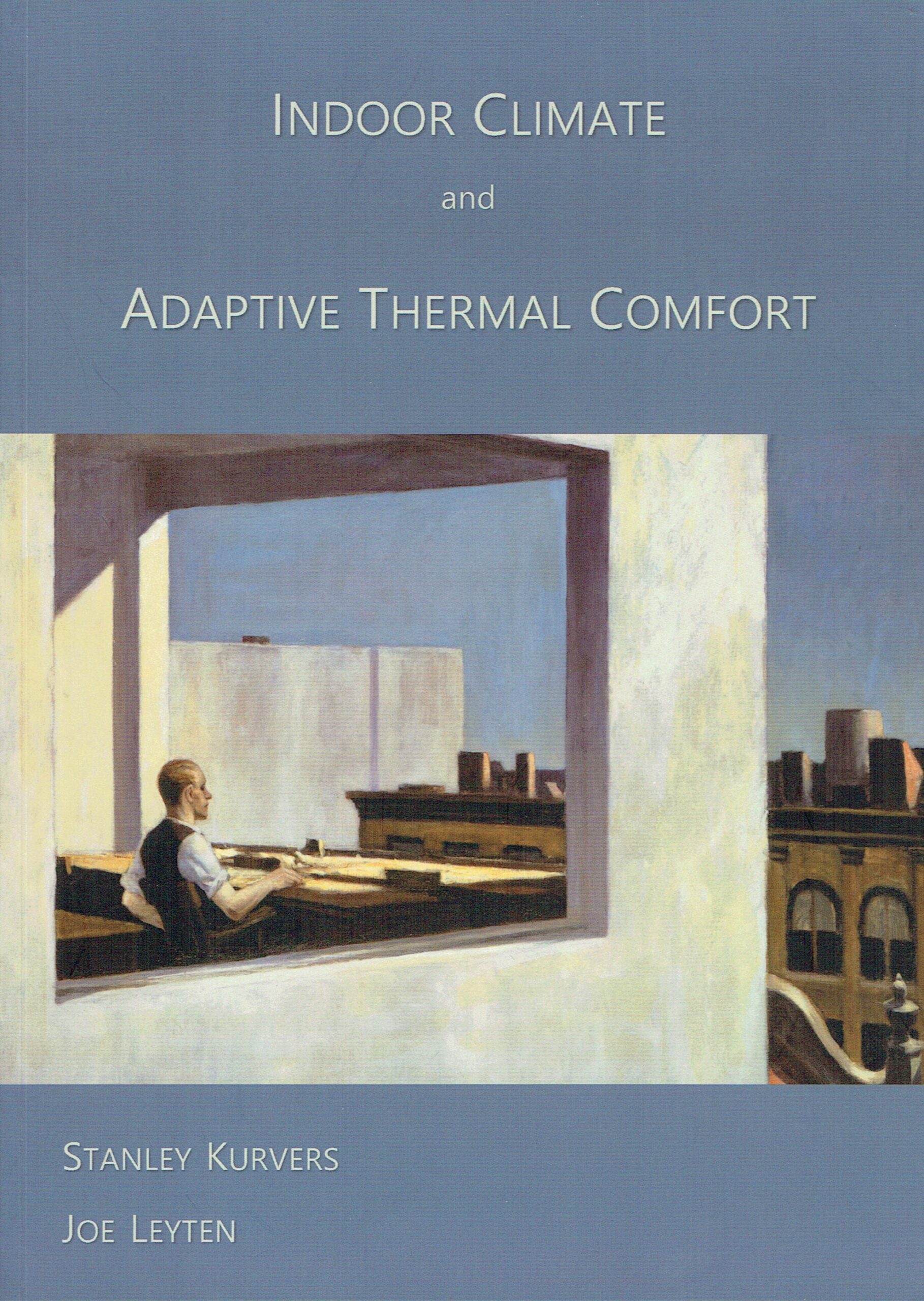
auteur(s)
Stanley Kurvers, Joe Leyten
publicatiedatum
2022
issued by
Stichting Kennisbank Bouwfysica / Delft Digital Press
The book is also available in a printed version.
about the authors
Stanley Kurvers studied civil engineering and occupational health and safety engineering and has worked at the Occupational Health Service of the Dutch Government, BBA Indoor Environment Consultancy and the Faculty of Architecture at Delft University of Technology.
Joe Leyten studied theoretical psychology and statistics and held positions at the Occupational Health Service of the Dutch Government, BBA Indoor Environment Consultancy and the Faculty of Architecture at Delft University of Technology.
Both authors have many years of experience as researchers and consultants in the field of indoor environment in office buildings, schools, hospitals and homes. Around 1980, they began to develop measurement systems for long-term monitoring of the indoor environment. Later, the authors developed methods to collect people’s subjective perceptions and link these to physical measurement data. This became known as the Building-in-Use method, with which they examined numerous buildings. They also developed guidelines and policy recommendations for, among others, the Labour Inspectorate, Ministry of Housing and Construction, the Netherlands Enterprise Agency, the European Union and ISSO. They have published in Dutch professional journals and international scientific journals and conference proceedings.
Corresponding author: stanray@me.com
